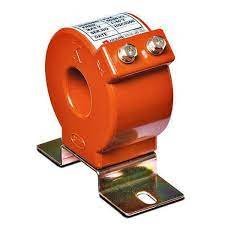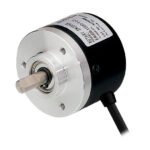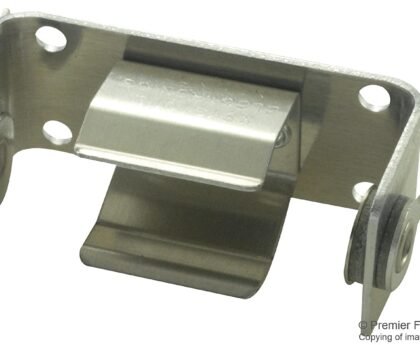As the name indicates, current transformers are used to transform current from one state to another. This transformation can be from higher to lower current so that the power can be effectively used for measuring and controlling. The construction consists of a core with primary and secondary windings. Enrgtech offers a wide range of current transformers in different types, CT radio supply voltages, current ratings, and mounting types to suit different applications. We offer these products from some of the leading brands in the industry.
Working Mechanism
When an alternating current passes through the winding, a magnetic flux is produced, which then induces an alternating current in the secondary winding. Such alternating current produced is proportional to the current in its primary winding. Current transformers are also known by the name step-down transformers. Once the current is decreased, it can be effectively and safely monitored and measured using an ammeter.
Types of Current Transformers
Toroidal Current Transformers
These transformers do not have a winding and are shaped like a doughnut. The current flow line is threaded through a hole or a window in this type of transformer. Toroidal transformers are highly efficient and produce less noise and minimal excess leakage inductance.
Wound Current Transformer
In this transformer, the primary winding is physically connected in series with the conductor, which carries the measured current flowing in the circuit. The magnitude of the secondary current depends majorly on the transformer’s turn ratio.
Bar-Type Current Transformer
A bar-type current transformer utilizes the main circuit’s cable or bus bar as the primary winding, equal to one turn. They are entirely insulated from the high operating voltage of the system and are typically bolted to the current-carrying device.
Applications of Current Transformers
Current transformers are commonly used in many industrial and commercial applications. Some of the most vital applications include:
- Generating stations
- Generating electrical substations
- Electrical power distribution
- Electrical panels.





